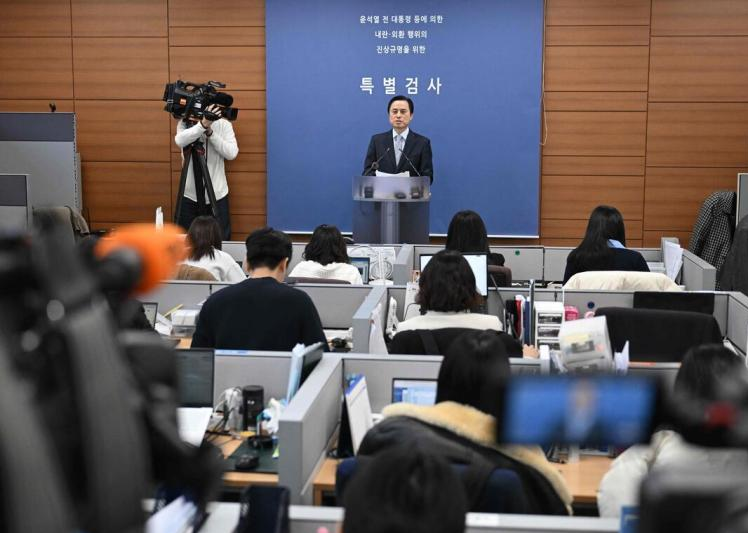
In the global financial market, the US stock market has always held a pivotal position and has long been the focus of investors' attention. However, several Wall Street institutions have recently issued bearish warnings on the US stock market, which contains complex and profound logic involving multiple key dimensions such as economic fundamentals, policy factors, market structure, and international economic situation.
From the perspective of economic fundamentals, the slowing trend of US economic growth has gradually emerged. UBS predicts that the US GDP will sharply slow down from an annual growth rate of 2.0% in the second quarter to 0.9% in the fourth quarter, far below the economists' consensus expectation of 1%. The slowdown in economic growth means that the revenue and profit growth space of enterprises is limited. As the cornerstone of the stock market, the decline in profitability of enterprises will inevitably affect investors' valuation and expected returns of stocks. For example, when economic growth slows down, the consumer market may experience weakness, putting pressure on the sales of products and services for businesses, leading to a decline in profits. Many industries, such as retail and manufacturing, will be directly impacted by the slowdown in economic growth. In order to cope with the difficulties, companies may cut costs, including layoffs, reducing research and development investment, etc. These measures will further affect the long-term development potential of the company, causing investors' confidence in the future of the company to be undermined, thereby having a negative impact on the stock market.
The uncertainty of tariff policies also poses a serious threat to the US stock market. The tariff policy implemented during the Trump administration aimed to protect domestic industries in the United States, but its actual effect was counterproductive. The increase in tariffs has significantly increased the cost of raw material procurement for American companies, especially those that rely on imported raw materials.
Many manufacturing enterprises have to face the dual dilemma of rising costs and declining product price competitiveness. This not only compresses the profit margin of enterprises, but also affects their production plans and investment decisions. Citigroup has explicitly stated that the Trump administration's policy of imposing tariffs will become a "nuclear weapon" to strike corporate profits, and has lowered its earnings per share (EPS) forecast for the S&P 500 index from $270 to $255, a decrease of 5.6%. In addition, tariff policies have triggered countermeasures from global trading partners, disrupted the stability of global supply chains, hindered the development of American companies in the international market, and further weakened the profitability and investment value of their stocks.
In terms of monetary policy, the decisions of the Federal Reserve have a direct and far-reaching impact on the stock market. Although there is an expectation in the market that the Federal Reserve will cut interest rates, Deutsche Bank points out that tariff hikes and tightening immigration policies will have a negative supply shock to the US economy, pushing up inflation while weakening economic growth, which limits the Federal Reserve's room for future interest rate cuts. Under the dual pressures of high inflation and slowing economic growth, the Federal Reserve's monetary policy is caught in a dilemma. If interest rates are raised, it may further suppress economic growth, leading to an increase in corporate financing costs and putting pressure on the stock market for capital outflows; If interest rates are cut, it may lead to increased inflation, eroding corporate profits and investors' actual returns. The uncertainty of this monetary policy makes investors worried about the future trend of the stock market, and they dare not easily increase their investment, and even choose to reduce their holdings of stocks to avoid potential risks.
At the market structure level, the current high valuation of US stocks and the high concentration of technology stocks have also raised concerns on Wall Street. UBS's CTA model shows that global stock exposure is close to historical highs, while the US comprehensive beta positioning data shows a neutral bias. From a profit perspective, about 70% of the profit growth comes from generative AI, and the market generally "rewards" super large-scale enterprises for increasing capital expenditures. However, the proportion of capital expenditures to sales revenue for ultra large enterprises has approached the level of TMT enterprises in 2000. If the growth of capital expenditures by ultra large enterprises slows down, it will have a negative impact on the performance and stock prices of technology stocks. Once there is a correction in technology stocks, due to their significant weight in the US stock market, it is likely to trigger a chain reaction in the entire stock market, leading to a sharp decline in the market.
Wall Street's bearish view on the US stock market is not unfounded, but based on a comprehensive consideration of economic fundamentals, policy factors, market structure, and the international economic situation. These factors are intertwined, forming multiple pressures on the US stock market. Investors need to remain cautious and rational when facing such a complex market environment, closely monitor changes in various risk factors, and adjust their investment portfolios reasonably to cope with possible market adjustments.

YTN TV of South Korea reported on Tuesday (December 16) that the South Korean court plans to make a ruling on the charges of former President Yoon Suk Yeol for obstructing justice on January 16, 2026.
YTN TV of South Korea reported on Tuesday (December 16) tha…
On December 7, a new round of intense military conflict bro…
Recently, US media disclosed that the Pentagon is planning …
From three launch failures and a brush with bankruptcy to n…
Recently, a major piece of news has emerged in the US polit…
Against the backdrop of the Federal Reserve's third rate cu…